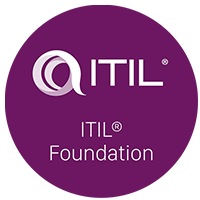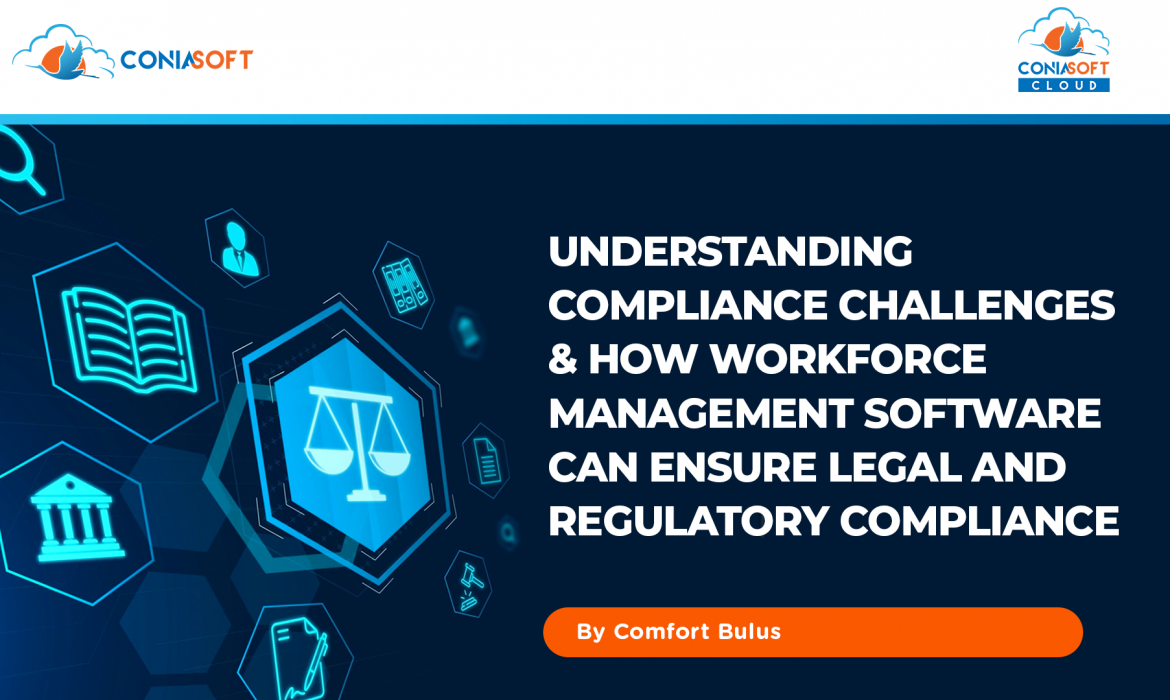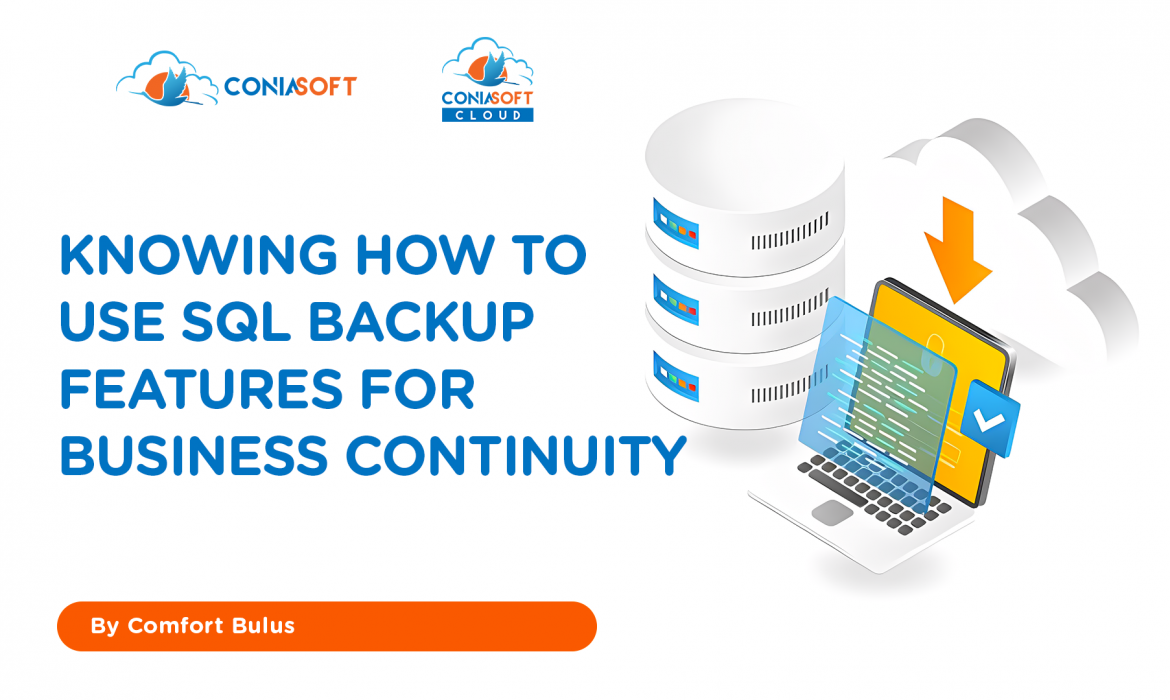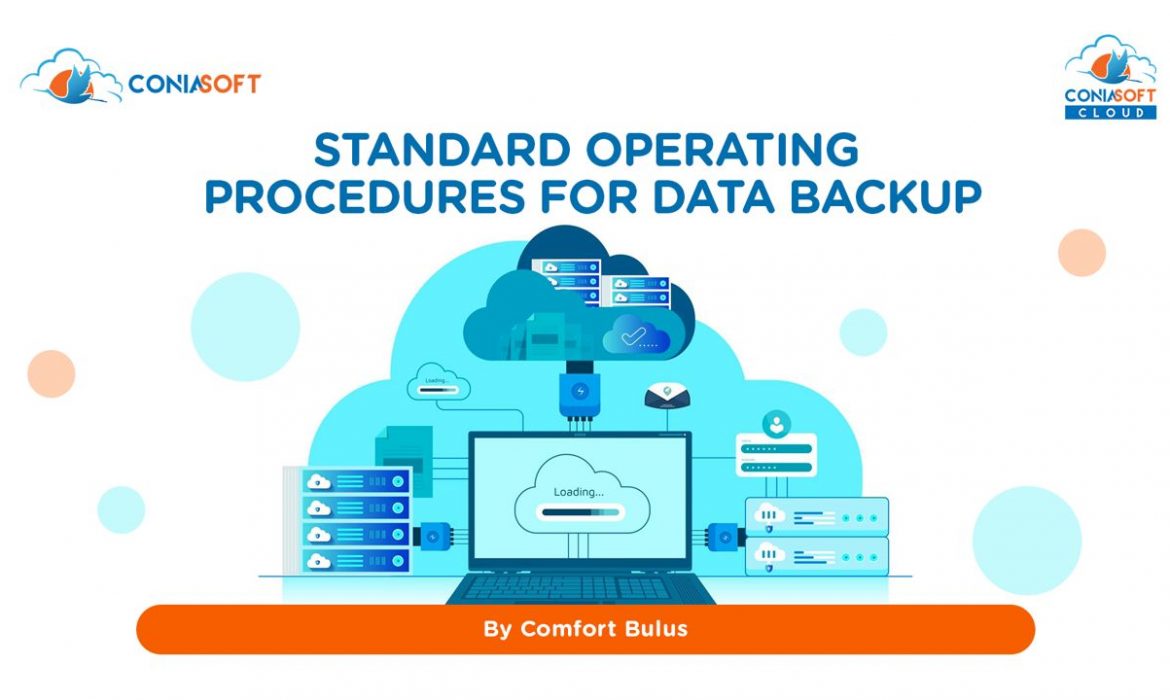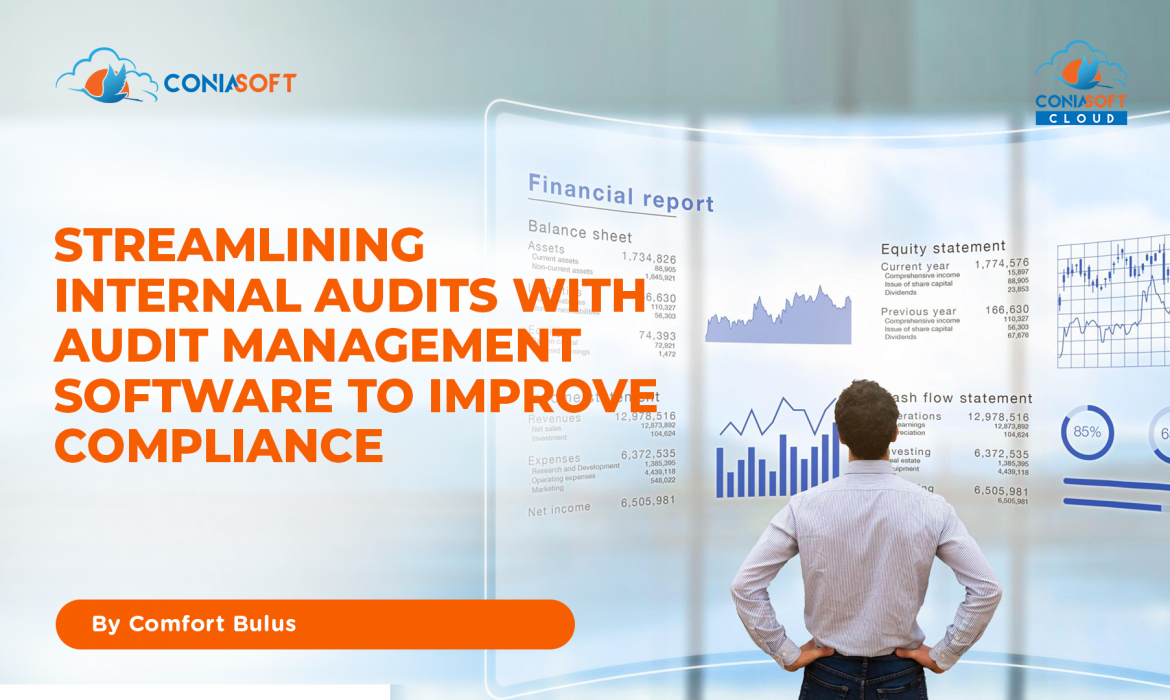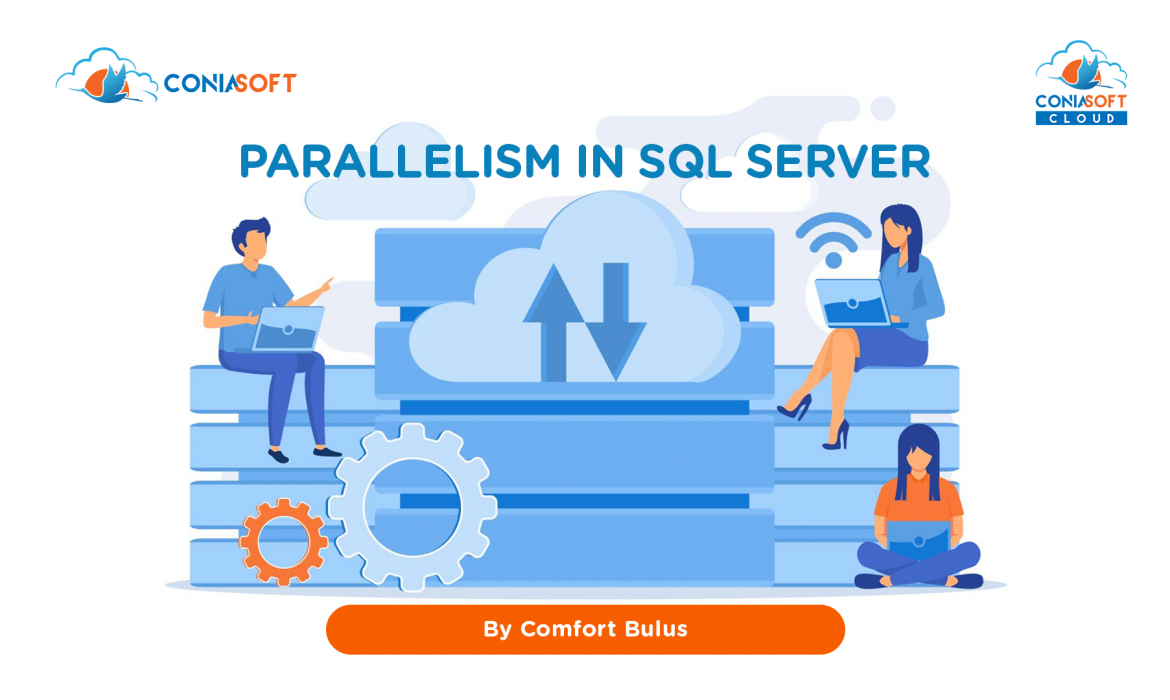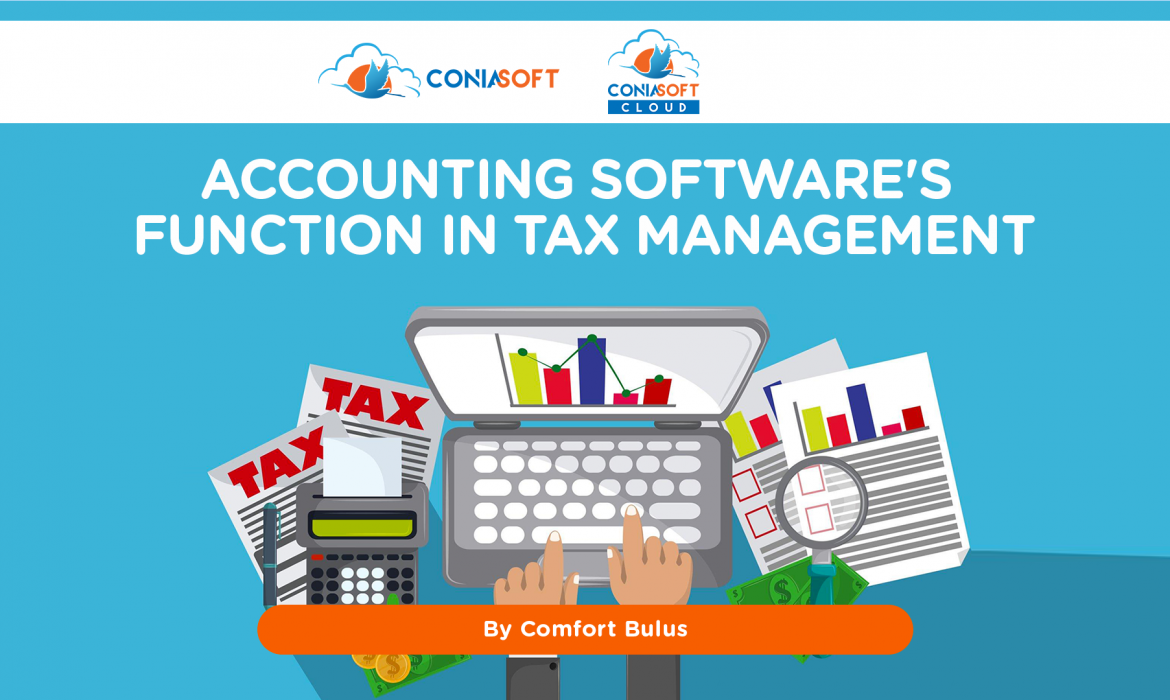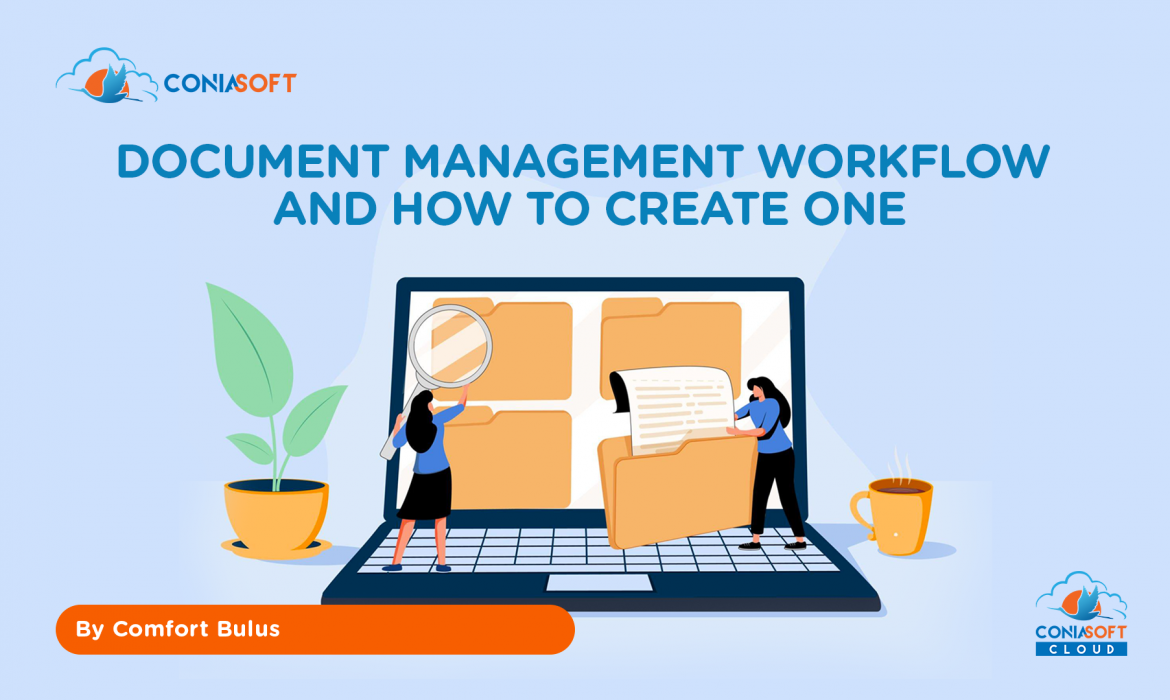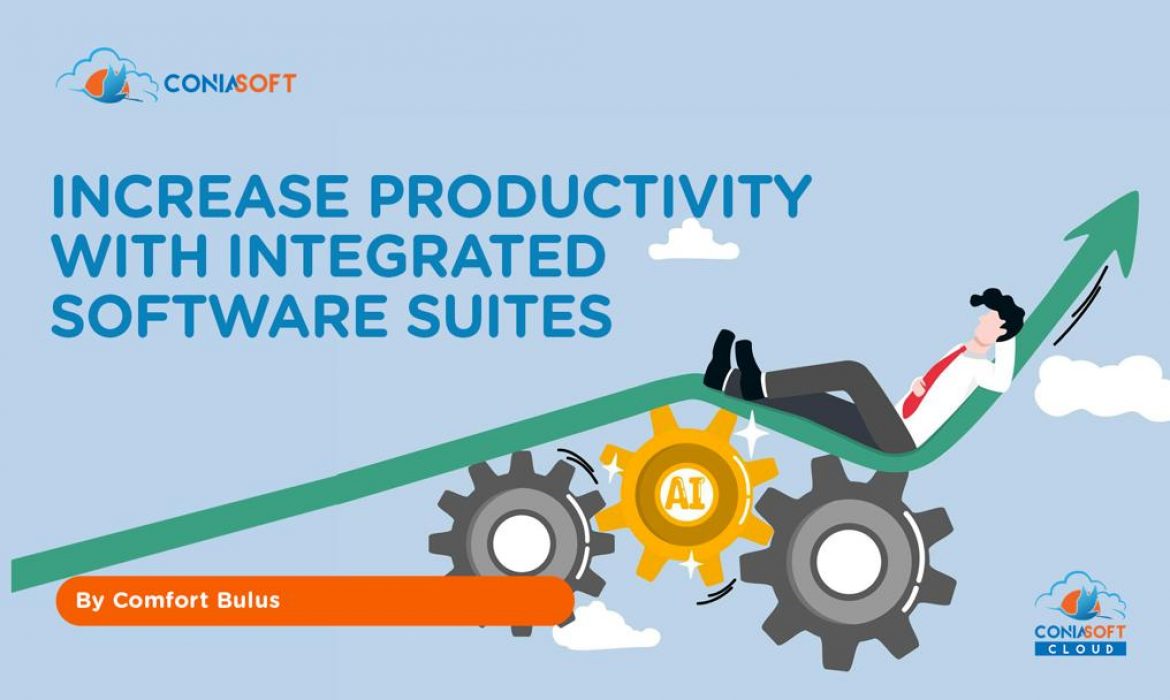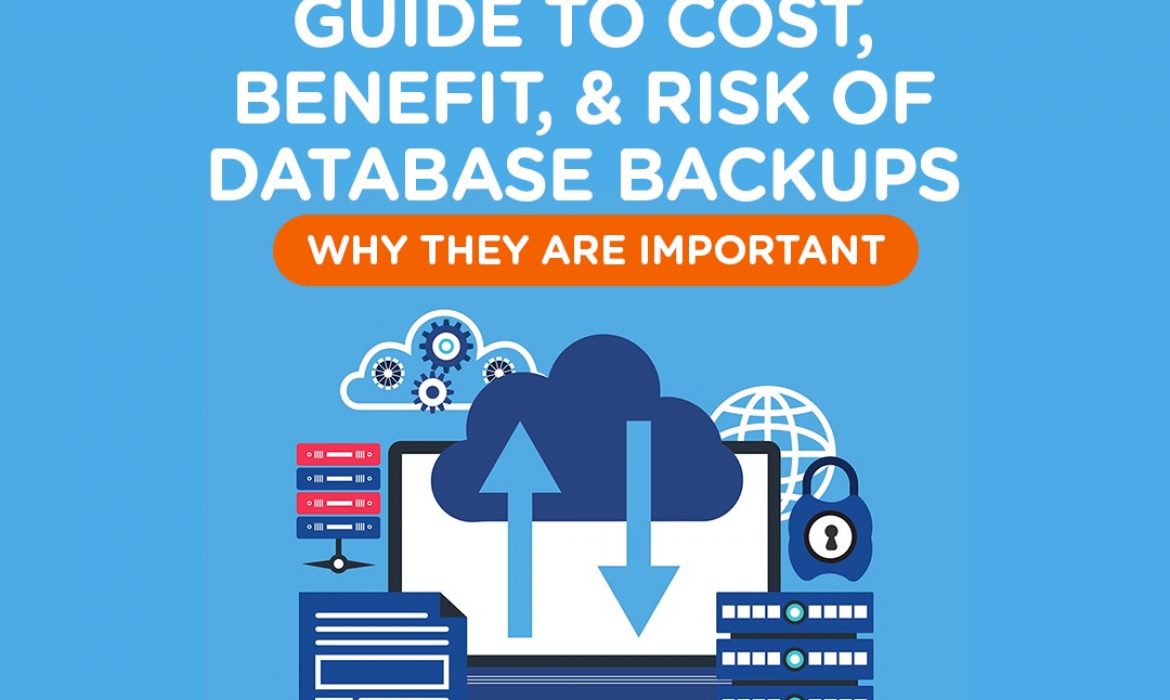UNDERSTANDING COMPLIANCE CHALLENGES AND HOW WORKFORCE MANAGEMENT SOFTWARE CAN ENSURE LEGAL AND REGULATORY COMPLIANCE
The corporate environment of today is dynamic and complex. Organisations must manage a wide array of regulatory problems to ensure stable growth. Compliance standards are changing, especially regarding workforce management, from governmental rules to industry-specific mandates. A workforce management platform may make all the difference in ensuring that businesses remain compliant with legal and regulatory frameworks while maximising operational efficiency.
KNOWING HOW TO USE SQL BACKUP FEATURES FOR BUSINESS CONTINUITY
Data is the foundation of any successful business in the fast-paced digital world. Security is paramount for companies that use SQL databases to store and manage vital information. Regular SQL database backups are one of the best ways to guarantee data integrity and company continuity.
SQL database backup is essential for businesses since it offers a safe and dependable backup option for data loss or corruption. Automating the backup process guarantees protection against data loss, business continuity, compliance requirements, and time savings. This eliminates the need for manual backups. SQL backup is crucial for businesses because a hardware malfunction, software corruption, or a human mistake can cause data loss. Furthermore, it ensures a safe and dependable backup solution while assisting in meeting legal standards for data retention.
AI PLAYS A SIGNIFICANT ROLE IN ACCOUNTING AND FINANCE
Artificial intelligence has had a significant impact on the financial and accounting industries. Because they save time and offer in-depth insights, AI-enabled finance and accounting systems allow businesses to remain competitive in an increasingly cutthroat market.
The exponential growth of data produced by the Internet and IoT devices and the processing of this data are the two main drivers of AI’s explosive growth in Industry 4.0. Automating processes, including payroll, tax, banking, and audits, revolutionises finance and accounting by lowering human error and raising productivity.
STANDARD OPERATING PROCEDURES FOR DATA BACKUP
Data should be kept in a safe place that is easy to access as part of best practices for data backup strategies. Data backup locations should be in different physical or cloud areas. Having a backup mechanism enabled helps prevent data loss from device malfunction, natural disasters, file corruption, malware, or malicious people. A backup strategy also offers instructions on setting up the appropriate systems and procedures to reduce the time spent attempting to restore files, gather data, or redo any cleaning or analysis.
STREAMLINING INTERNAL AUDITS WITH AUDIT MANAGEMENT SOFTWARE TO IMPROVE COMPLIANCE
The world of audit management software is a welcoming one. This blog post will discuss the idea of audit software, its advantages, essential characteristics, several types that are accessible, and how to pick the best one for your business. Additionally, we’ll talk about implementation tactics, best practices, system integration, and upcoming developments in this area. Let’s explore how audit software can transform your internal audit procedures now.
What does audit management software entail?
PARALLELISM IN SQL SERVER
Parallelism in SQL Servers significantly boosts query performance by enabling many processors or cores to cooperate in executing a single query. This method breaks tasks into more manageable subtasks that can be carried out concurrently by several processors or cores. About SQL Server, Parallelism facilitates the concurrent execution of query operations by many CPU cores, such as scanning, filtering, joining, and aggregating substantial result sets. This frequently results in quicker query execution times. When employing Parallelism in SQL Server, caution should be used.
ACCOUNTING SOFTWARE’S FUNCTION IN TAX MANAGEMENT
Only 20% of the data collected and entered by the typical tax department is used. Companies increasingly turn to tax and accounting firms for assistance as the difficulties associated with corporate tax compliance grow. For businesses, the input—or the streamlining of data collection—can be a game-changer. When our minds should focus on the intake, collecting, and aggregation process of all information and data needed throughout tax and accounting workflows, we frequently focus on output, such as accuracy in tax returns or reports filed with taxing authorities.
DOCUMENT MANAGEMENT WORKFLOW AND HOW TO CREATE ONE
Effective document management is essential for companies of all sizes in today’s fast-paced digital environment. Document management systems (DMS) and document management software (DMS software) are displacing conventional paper-based solutions. These ground-breaking tools provide many advantages, from heightened security and compliance to better organisation and cooperation. We will go into document management systems and software in this blog article, discussing their benefits and crucial factors to consider when choosing the best option for your business.
INCREASING PRODUCTIVITY WITH INTEGRATED SOFTWARE SUITES
Businesses increasingly rely on software suites to organise data, expedite business operations, and increase productivity. Microsoft Office’s software was already used by 83% of companies in 2017 to complete daily chores, including handling email, preparing reports, creating spreadsheets, and delivering slideshows. Since then, additional software packages such as G Suite have gained popularity, with over five million paid users. The question “What is a software suite?” might be on some peoples’ minds even though many people interact with suites frequently.
GUIDE TO COST, BENEFIT, AND RISK OF DATABASE BACKUPS – WHY THEY ARE IMPORTANT
Data is paramount in business, and ensuring its protection is a top priority. Database administrators are crucial in maintaining data availability by performing database backups. This involves replicating data and schema from a database and preserving it separately for future recovery. However, as with any IT process, costs, benefits, and risks are associated with backing up databases.



